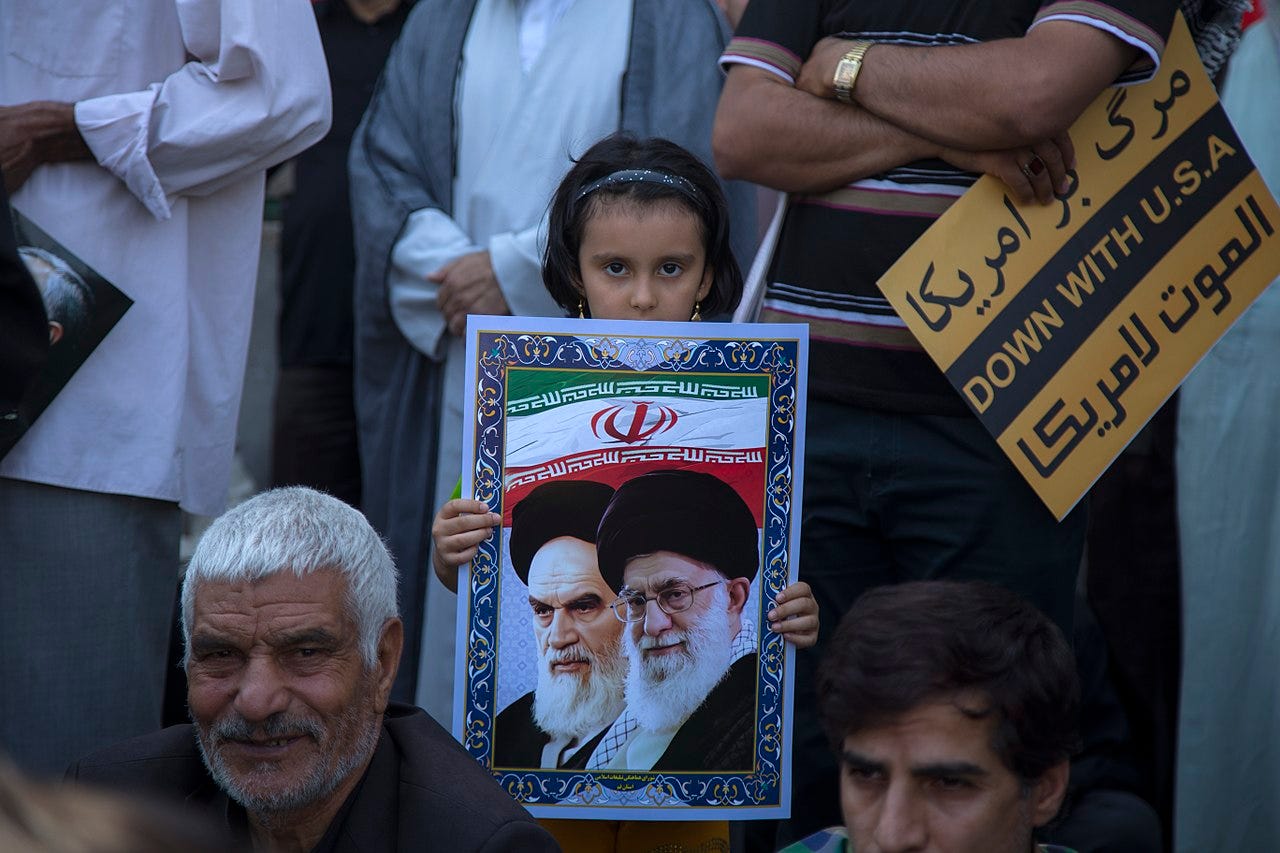How Iran’s Revolutionary Theocracy Works
The Islamic Republic of Iran has a unique system of government that was designed to preserve and expand clerical rule. It has proven robust and is unlikely to change anytime soon.

With nearly 90 million people, the Islamic Republic of Iran is one of the largest countries in the Middle East and the only independent regional military power with an interventionist foreign policy directly opposed to the United States and Israel. Iran has also opposed the monarchies of the Arab Gulf states, like Saudi Arabia and the United Arab Emirates (UAE), a tension originating as much in Iran’s revolutionary ideology as the geography of the Persian Gulf. Iran materially supports and guides high-profile armed groups in Iraq, Lebanon, Yemen, and Palestine, as well as the government of Syria. These clients, including Hamas, Hezbollah, and the Houthis, have been effective at gaining and maintaining power in their respective areas, whether through armed combat or peacetime politics. Iran is estimated to have the second-largest natural gas reserves in the world after Russia and the fourth-largest oil reserves. But under heavy sanctions by the U.S. and European Union, these resources go mostly unexported. Rather than oil money, Iran’s regional power and autonomy is founded on an idiosyncratic system of government and politics that is genuinely the only one of its kind in the world.

